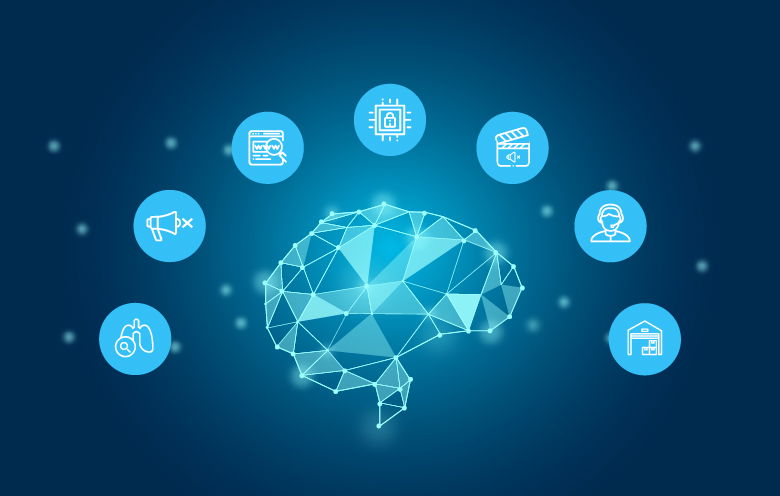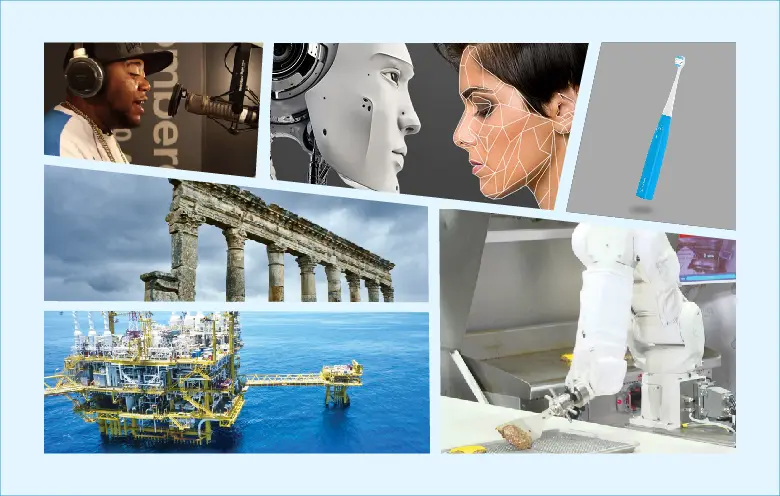The overall deep learning market is estimated to be valued at USD 3.18 Billion in 2018 and is expected to be worth USD 18.16 Billion by 2023 – MarketsandMarkets
There is a lot of buzz around the deep learning technology and the remarkable market growth it has made. A deep learning solution, unlike AI and ML, needs a huge amount of embedded data and computational power to make machines learn human behavior, store knowledge, and make predictions using a trained neural network.
To many people, machines behaving like humans and sharing an enormous amount of private data to it sounds creepy because it can harm their privacy. Apart from that, deep learning also has some deep problems like deepfakes and the black box models, which makes business owners reluctant to adopt the technology. But then, whether you know it or not, this technology has a lot of potential to deal with business-specific challenges and the benefits of deep learning outnumber its drawbacks.
Let’s check out some of the present-day deep learning use cases which prove that it has truly evolved over the years and is here to stay.
Early cancer detection with improved diagnostic accuracy
With the help of deep learning technology, critical diseases like cancer can also be detected at an early stage. By using advanced image recognition along with neural networks and EHR data, a deep learning model is created. This model is integrated into the existing healthcare application which detects cancer cells and malignancy of cancerous nodules by analyzing images of human tissues. Such advanced systems can detect any type of cancer, such as breast, brain, colon, cervical, and lung cancer by reducing false detection rate. In short, the technology can offer a deep understanding of a patient’s specific disease or abnormality and how to treat the patient.
Fake news detection
According to research by Gartner – “By 2022, most people in mature economies will consume more false information than true information”. With the deep learning model, automatic tagging and detecting of fake news articles can be done, because a neural network architecture model would understand the nuances in the natural language. The DL architecture would accurately identify the fake content by comparing a pair or headline and article body.
Refines web search engines
Deep learning combined with textual analysis can take the search technology to another level. With deep learning algorithms the search can provide users with more satisfying results to their search queries. A user can also search through images, the way they do with text. For example, if an individual is looking for an image with a phrase like a “unicorn with wings”, he can find it. And, even users speaking different languages can get a response to their queries by accessing data in the search system because of the deep learning machine translation. One of the best examples of this is Google Photos. If you use the app on your smartphone, try searching for places, objects or even faces. The accuracy with which it produces the results will surprise you.
Strengthens cybersecurity in organizations
Companies use deep learning architecture in their systems which help to reduce the risks of cyber attacks and cut the costs related to detecting threats. Deep learning self-taught algorithms can recognize a user’s activity using the historical data, quickly identify suspicious activity that can put the organization’s valuable data at risk. It can also effectively deal with malicious code detection and URLs, phishing, malware, fraud detection and more.
Add realistic sound effects for silent movies
Deep learning models such as convolutional neural networks (CNN) and recurrent neural networks (RNNs) are used to create a system that evaluates and determines which video has real or fake sounds. The system is then trained by feeding huge data of video with different sounds. The system then matches the video frames with the pre-recorded sounds and then selects the best match with the video.
Generates image caption automatically for stock image sites
To add a readable textual description to an image is a tedious task if done by humans manually. Using deep learning models in automatically generating textual descriptions for images can make this task easier and faster. Deep learning models combined with computer vision and natural language processing can generate accurate captions for photos. Once the system detects the photo using convolutional neural networks (CNN), it can recognize the object in the image and generate labels, then recurrent neural network (RNN) converts those labels into a logical sentence.
Enhances personalized customer service
It is undeniable that deep learning has made a phenomenal progress in the customer care space. Deep learning algorithms can be applied to data gathered from emails, advertising, and social media channels. This helps in offering product personalization by identifying customer’s shopping patterns, buyer’s behavior, churn prediction. Also, customer service using a deep learning system can handle complex interactions like modifying travel itineraries, establishing utility service accounts, and transferring sensitive bank information.
Improve warehouse automation
A lot of huge warehouses choose to use robots to pick and pack goods over traditional goods-to-person systems. Deep learning robots are trained with 3D images of the warehouse stockroom for it to understand how to move items from a container to the shelf without colliding with a human or a machine. Such deep learning robots are really efficient and quick at picking and packing items compared to a robot without DL integration or a human.
The final say
It is evident that deep learning is already extensively used in the business world to automate processes, detect patterns, solve problems, improve performance, and the list can go on. If you want to know how to implement deep learning in your business model, then talk to our experts.



